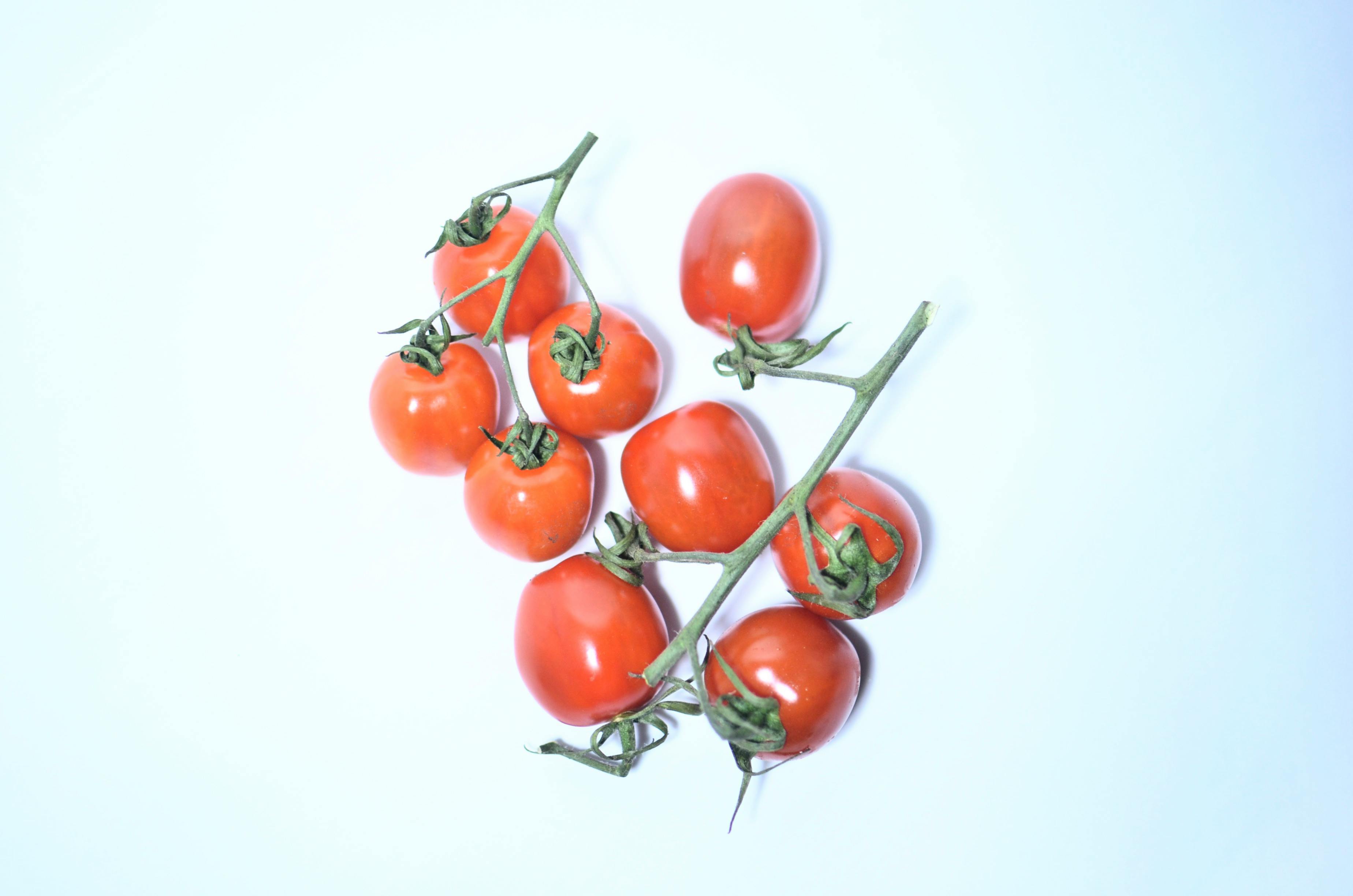
Classic One Touch Sword
admin
- 0
One of the most interesting fencing challenges is one touch sword combat. Today there are two formats: the classic one touch sword and the modern pentathlon sword. And these formats are very different. This article will focus on the classic one touch sword.
The sword is the modern version of the dueling sword, last used in a duel in France in 1967, and retains the essential physical characteristics of the dueling weapon. Its use as a fencing weapon arose in France in the 1880s and 1890s as a result of dissatisfaction with the use of the foil to prepare for serious matches. Because its use simulates a duel, the entire body is targeted and priority is given to the blow that lands first with the tip.
In the early days of the classical sword, matches were contested with a single touch, based on a duel to first blood to satisfy honor. The fencing strip was preferably in the open, often as a gravel path, and could extend up to 34 meters. And the modern penchant for time limits hadn’t made itself felt; Swordfights can be marathon experiences lasting 30 minutes or more, which is not unheard of. The result was a contest very different from the foil or saber of the time, and even more so from the modern épée.
If you want to practice classical epee fencing today, the original format can be replicated by using a few simple rules:
(1) The fights are delimited dry (without electrical scoring) with a director and four judges. Judges must be able to distinguish shots that stop from those that just glide.
(2) If possible, the end should be fenced off in the open on a path or walkway. However, if this is not practical, the length of the strip can be adjusted allowing a fencer to come off the end and restart on the guard line the appropriate number of times to provide the desired distance.
(3) No time limit. This is usually not a problem, as modern fencers tend to attack as if the bout is a standard five-touch, three-minute bout.
(4) The bout is decided in favor of the fencer who scores the first hit. If the director cannot determine which hit he lands first, he can ask for the opinion of the judges. And if an opinion cannot be reached, the coup is judged simultaneous.
(5) If both shooters are hit simultaneously, both shooters lose.
As you can imagine, this puts a premium on judgment and the ability to maintain a steady hand and calm preparation under the pressure of waiting for the ideal moment to attack or counterattack. Because hits are judged visually, actions that produce easily visible hits are to the advantage of the fencer. And the double hit, both lose rule increases the value of the opposition’s parry and retaliation as an alternative to using the counter attack.
One touch dry sword combat has a significant element of luck associated with it. For that reason, the number of keys was expanded to two, then three, and finally five. Defenders of the dueling experience sometimes suggest that this takes swordplay away from its dueling roots. But duels were always opportunities for bad results, and multi-hit duels were not uncommon until World War II. The purity of a touch and the challenge it offers keep this an interesting way to fence.

